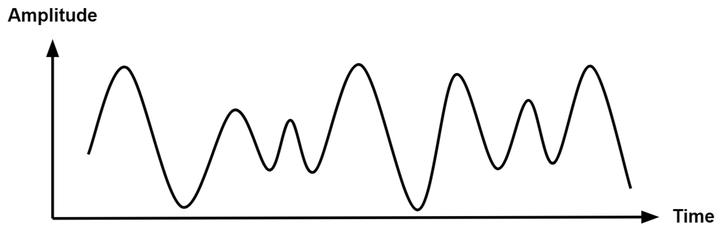Non-electric signals (such as sound, light, etc.) are input to the converter (such as microphones, photoelectric tubes) to output continuous electrical signals, so that the frequency or amplitude of the electrical signal varies with the input Changes without electrical signals. The signals transmitted by ordinary telephones are analog signals. Telephone communication is the most commonly used type of analog communication. The analog communication system is mainly composed of user equipment, terminal equipment and transmission equipment. Its working process is: at the transmitting end, the user equipment first converts the non-electrical signal sent by the user into an analog electrical signal, then modulates it into an analog electrical signal suitable for channel transmission by the terminal device, and then sends it to the channel for transmission. At the receiving end, it is demodulated by the terminal equipment, and then the user equipment restores the analog electrical signal to a non-electrical signal and sends it to the user.

In addition to transmitting voice information, the analog communication system can also transmit "non-speech information" such as telegrams, faxes, low-speed data, and images.
Compared with digital communication, analog communication system equipment is simpler and occupies a narrow frequency band, but the communication quality, anti-interference ability and security performance are not as good as digital communication. From a long-term point of view, analog communication will gradually be replaced by digital communication
